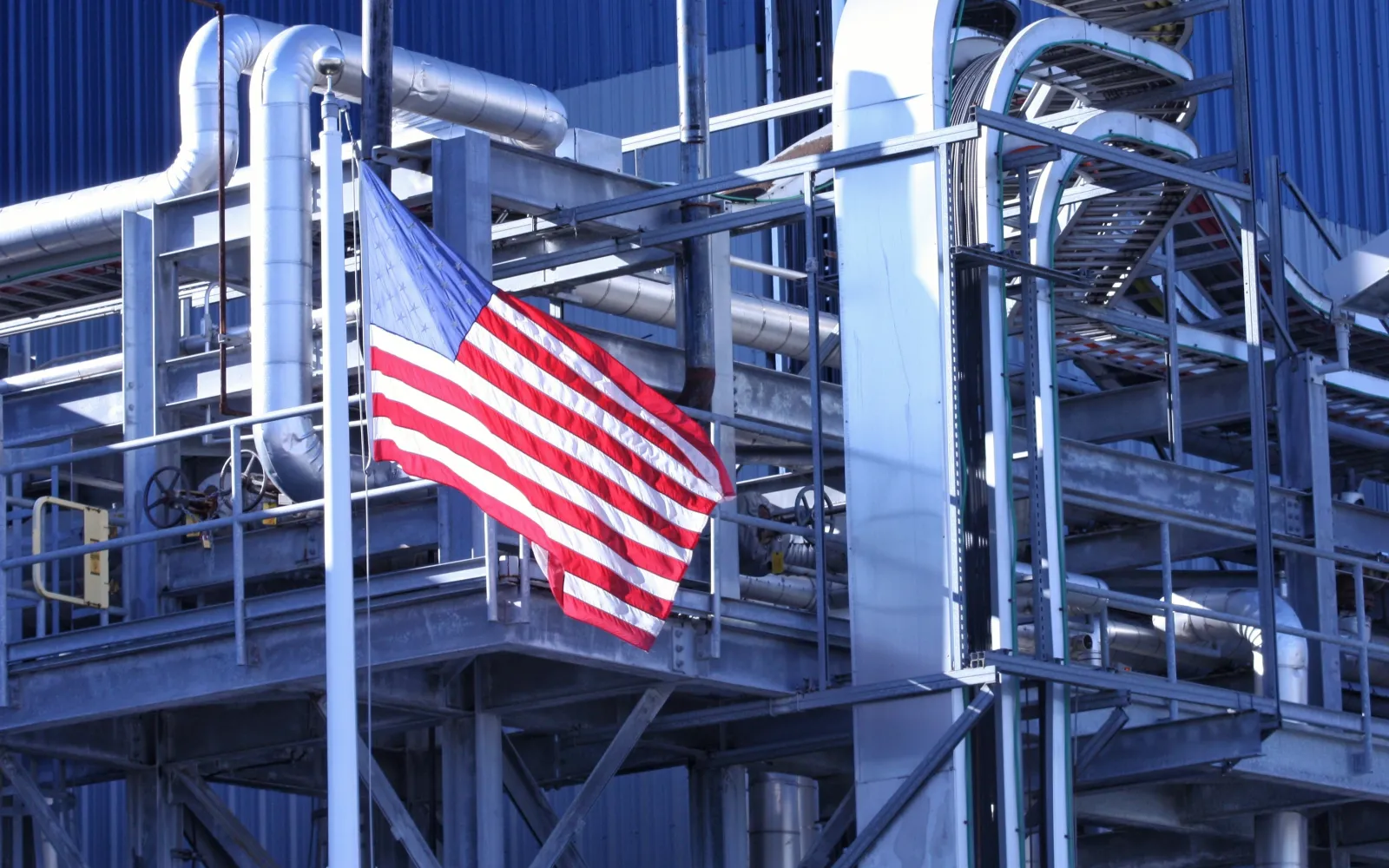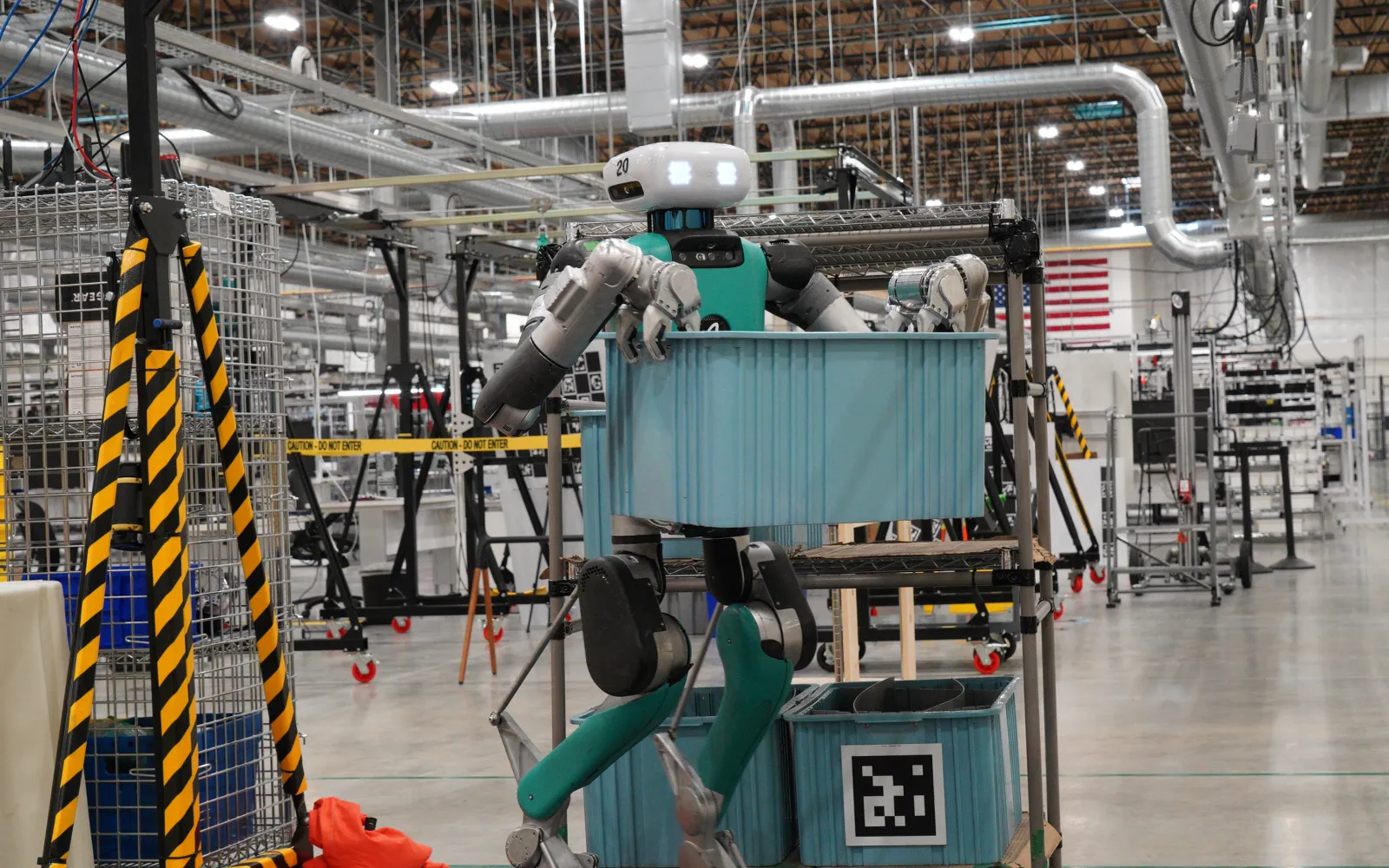

Zap Energy
Fusion power, no magnets required
The news last week that scientists and engineers at the National Ignition Facility at the Lawrence Livermore National Laboratory had achieved fusion energy gain — producing more energy from a reaction than had been required to spark it — was rightly hailed as a major milestone for fusion power.
What occurred was a long way from what will be needed for power generation, but it’s proof that human ingenuity can tame the power of the stars. For investors, it reduces the risk of giving more money and time to solving the myriad gnarly technical and economic challenges that remain to get to grid-scale fusion power. And for scientists and technologists, the achievement wasn’t a triumph for fusion alone, but for deep tech as a whole. It relied, after all, not just on new physics, but also advances in computing, machine learning, electronics, and materials science.
The U.S. Department of Energy earned the world’s gratitude for being first to achieve “Q>1”. The result reminds taxpayers and policymakers who make the work of LLNL possible that, over the long term, there is no greater investment for a confident, optimistic society than curiosity-driven research. Nearly all the advances we have come to expect as hallmarks of modern life — in medicine, computing, agriculture, and beyond — stem from basic research. Any hope to cancel the apocalypse threatened by climate change will depend on it. In the United States, our national laboratories and great research universities work on very hard problems over very long durations, often enduring the derision of skeptics along the way. At moments of dramatic achievement, it’s good to recall that nothing comes easy in fundamental science.
At DCVC, we are doubly inspired by the news from Livermore. Six months ago we announced our investment in Seattle-based Zap Energy, which seeks to achieve Q>1 at levels necessary for the power grid by optimizing the Z‑pinch plasma confinement mechanism. Zap’s approach uses pulses of electrical current to create the conditions for fusion energy. It differs from the laser-based approach used by NIF, and the magnetic confinement used by some other fusion startups. Until recently, Z‑pinch has had a drawback: the relative instability of its plasma. But advances in electronic control and computer modeling have allowed Zap to produce stable plasmas in a series of increasingly powerful machines. Zap’s team of fusion experts cheered the DOE’s news.
Increasingly, we’re seeing that companies able to solve trillion-dollar problems are the ones able to coax, harness, and implement various technologies to create, in their cohesion, a dramatic strategic advantage. More broadly, this moment offers an invaluable reminder: that innovation still holds the capacity to astonish us. We hope that the brilliant founders we have the privilege to back derive as much energy from that fact as we do — because they are the hope of the world.
Rachel Slaybaugh is a Principal and Matt Trevithick is a Partner at DCVC.




